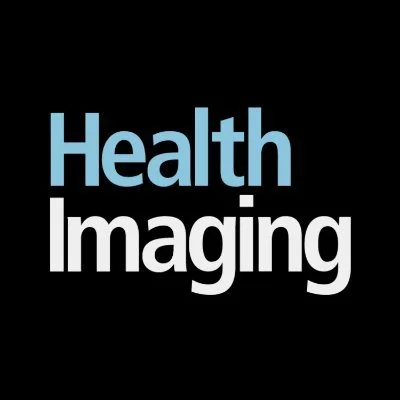
A new study finds that GPT-4o still faces significant hurdles in accurately interpreting medical images despite promising capabilities.
Key Details
- 1Researchers evaluated GPT-4o on 377 imaging cases across X-ray, CT, and MRI.
- 2The model did not receive clinical context or prior imaging for analysis.
- 3Three radiologists rated GPT-4o's responses using a 5-point scale.
- 4GPT-4o showed high accuracy in some instances but inconsistent, 'all or nothing' results in others.
- 5Potential applications include improving radiology workflows and expanding access to care in rural settings.
Why It Matters

Source
Health Imaging
Related News

a2z Radiology Raises $5M, Lands FDA Clearance for Multi-Condition CT AI
Boston-based a2z Radiology raised $4.5M and earned FDA clearance for its Unified Triage AI solution for abdominal and pelvic CT scans.

AI-Enhanced MRI Boosts Return-to-Play Predictions for Athlete Muscle Injuries
Adding AI to MRI-based classification systems improves return-to-play predictions for professional athletes with muscle injuries.

AI's Expanding Role in Healthcare and Implications for Radiology
A series of thought leaders and institutions weigh in on AI's transformative potential in healthcare, with emphasis on radiology adoption and responsible use.